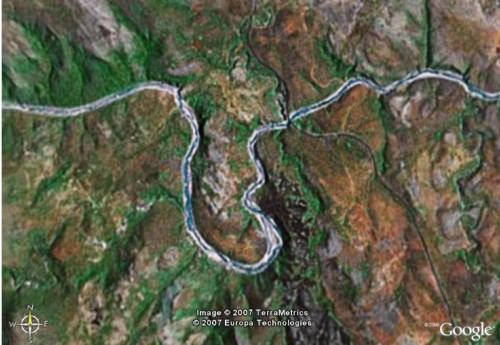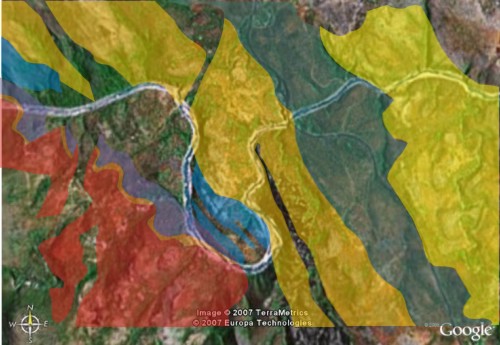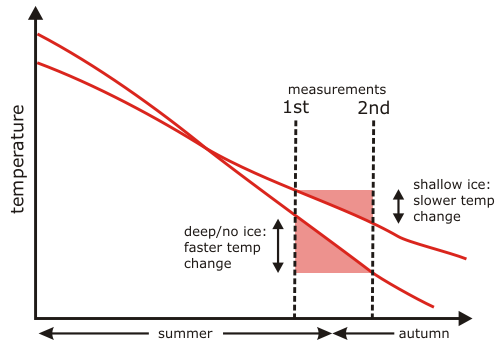I’m off for a week to collect some samples. It’s the first time I’ve actually handled a drill since my last field season in New Zealand way back in 2003 (a scarily long time ago, now I think of it), but it’s merely the first in several collecting trips I’m planning in the next few months. Anyway, this is where I’m going to be sampling.

Before Brian starts crying plagiarism, I’m not expecting you to guess where this is – the image is less than 10 km wide, after all. Instead, I’m going to overlay the outcrop geology of the section I’m looking at.

The red areas in the south-west are basement granites of the Kaapvaal Craton, which have been dated at about 3 billion years old. The different coloured units above it represent pretty much the oldest cratonic cover sequence anywhere – at least, the oldest that hasn’t been mashed beyond all recognition by metamorphism. I’m going to be sampling two volcanic formations (the purple and green units) in the hope that there’s still an original magnetic signal in there somewhere. Of course, I won’t know that for several months yet.
Whilst I’m away, I’ve got a couple of reposts from ye olde blog scheduled, although some of us Sciblings have been having problems with that recently, so apologies if nothing appears.




Nice plan for content warnings on Mastodon and the Fediverse. Now you need a Mastodon/Fediverse button on this blog.